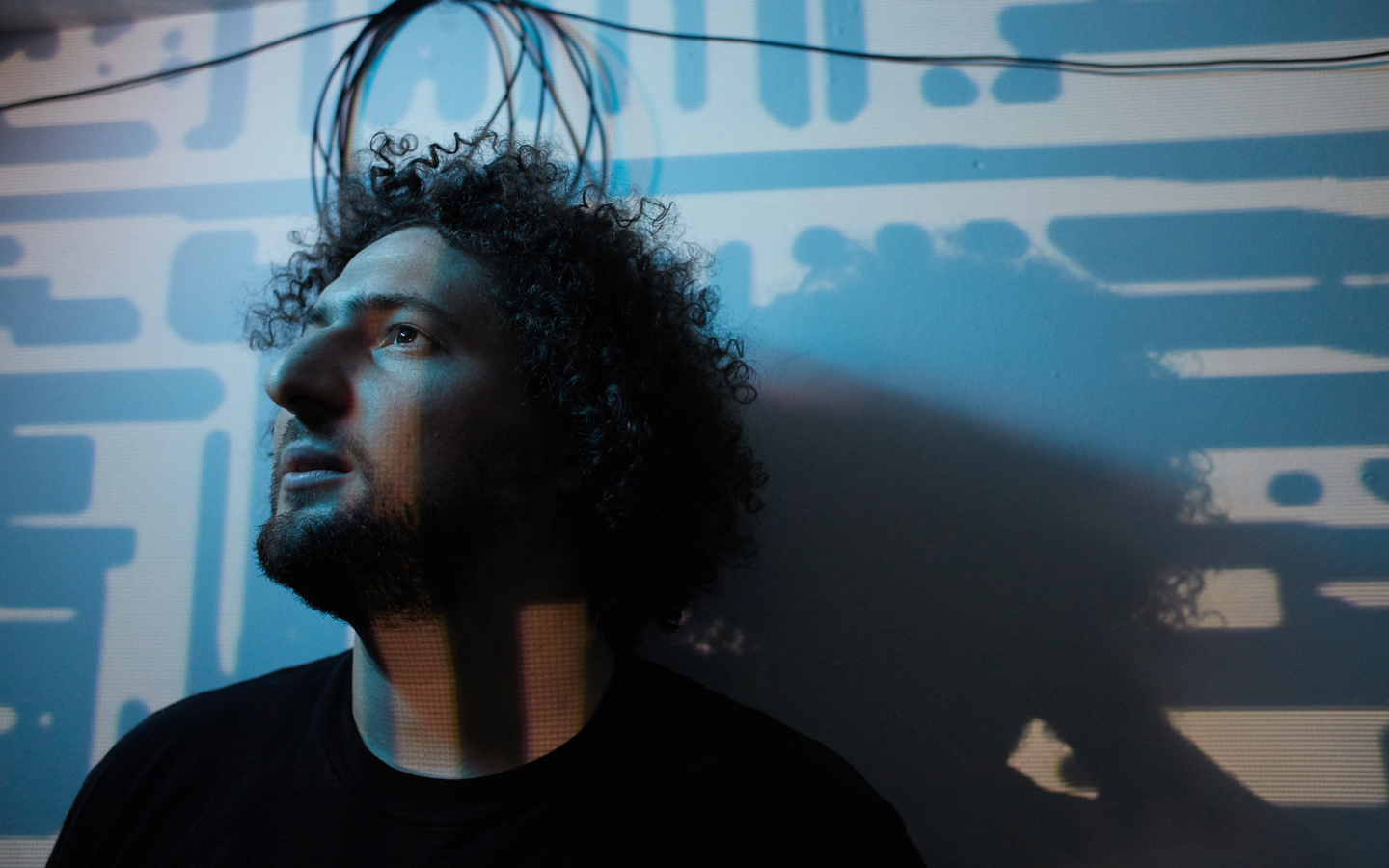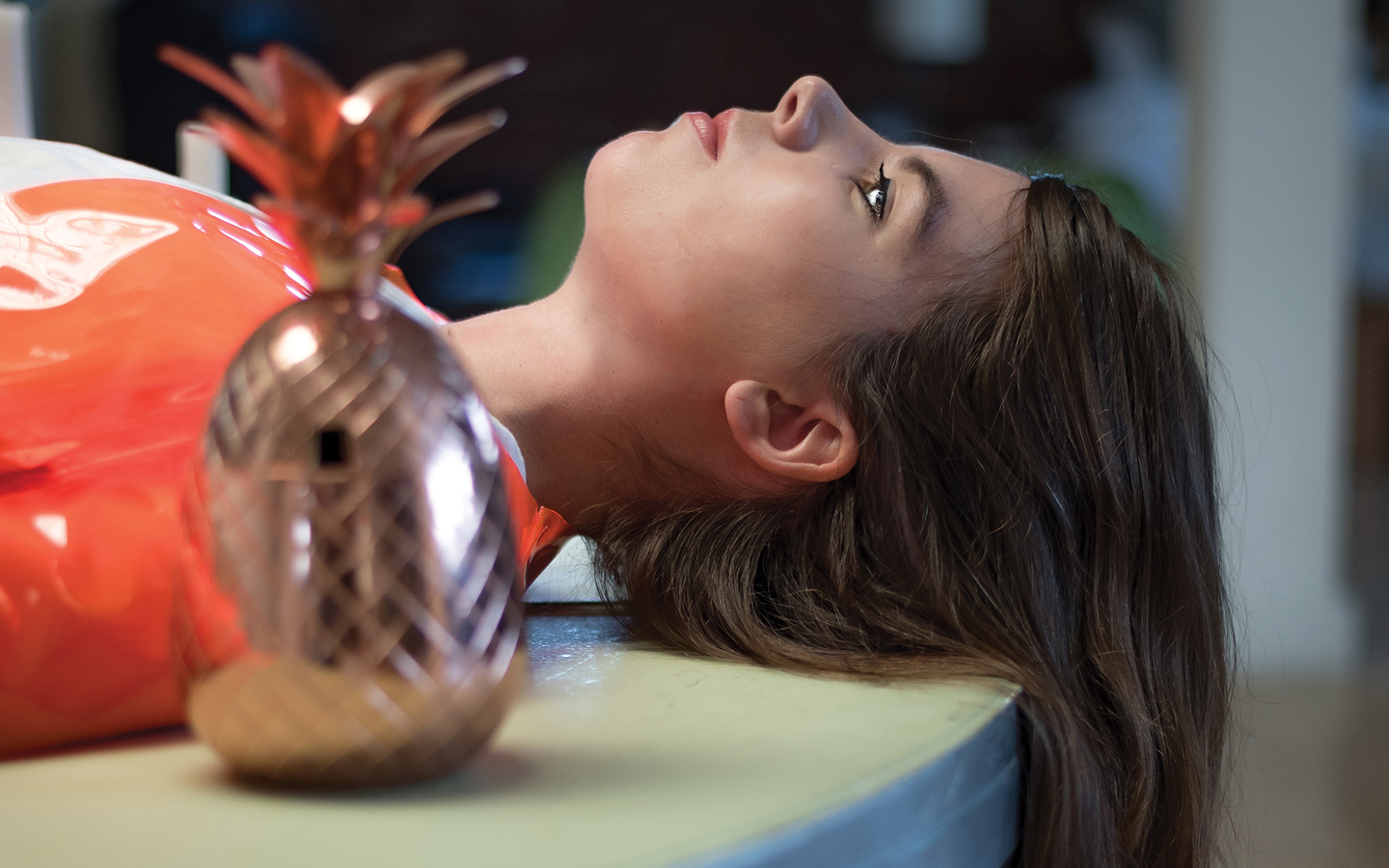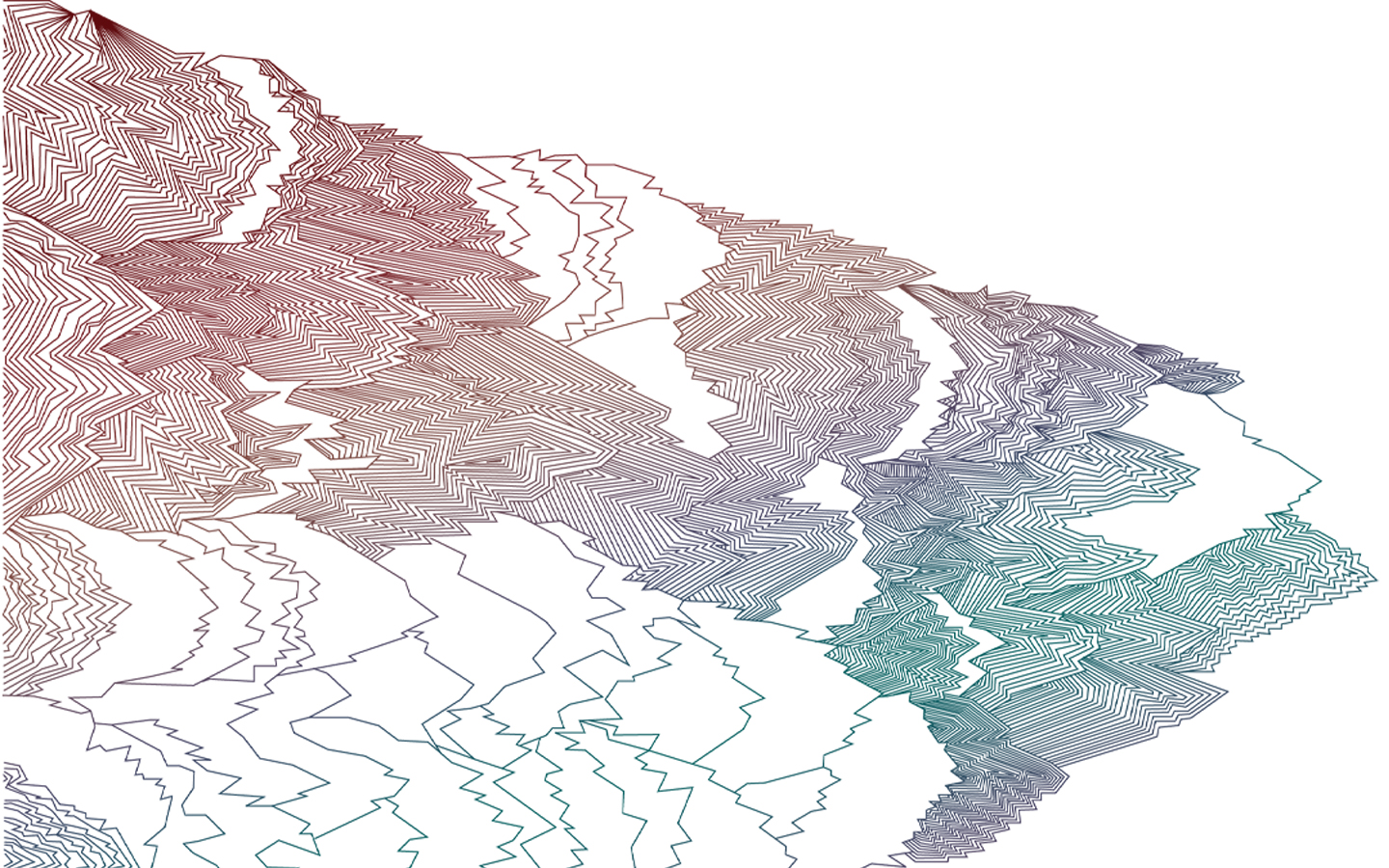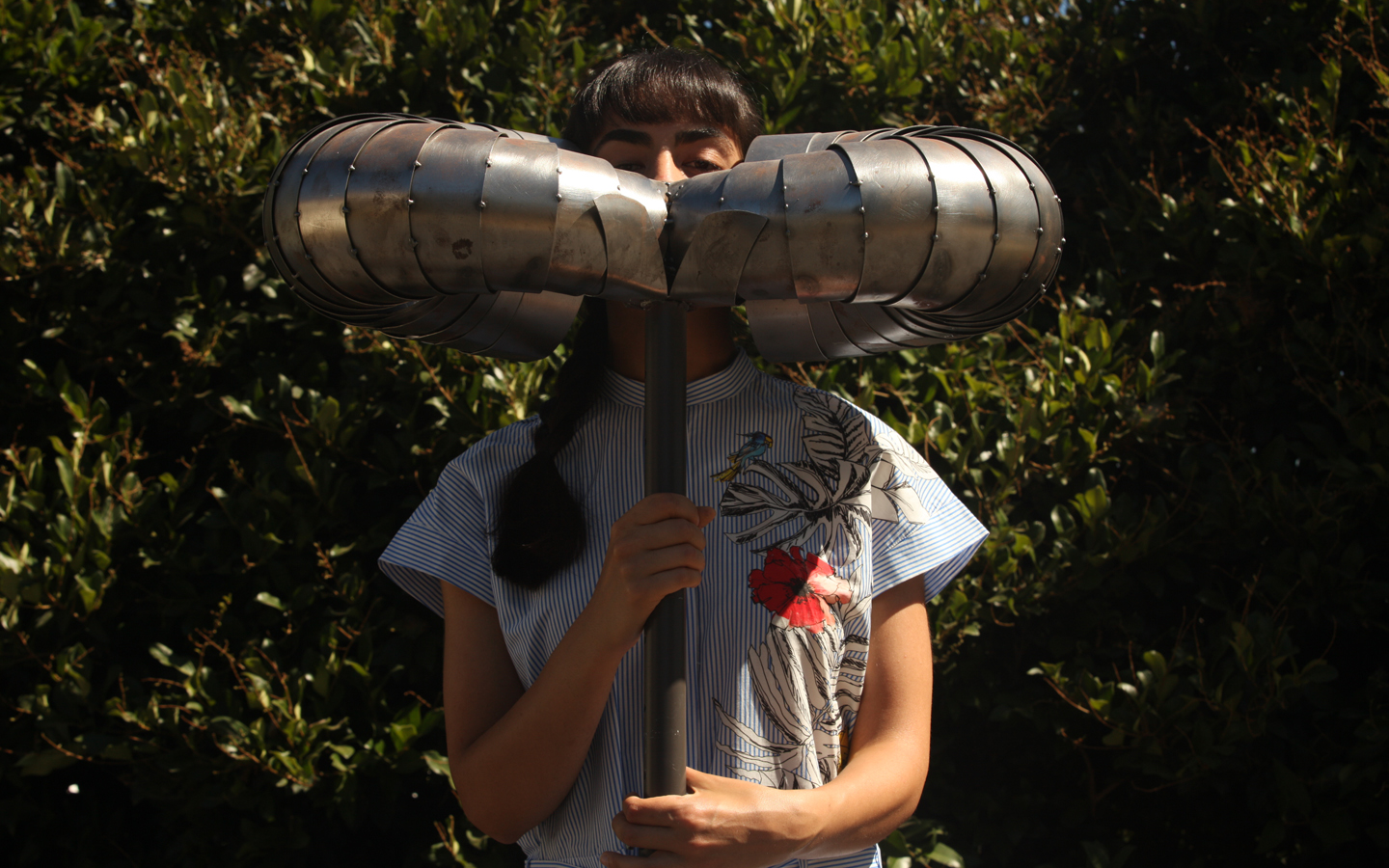
Will Michaelsen
TEXT PETE HELVEY
VISUAL MEENO PELUCE
It’s a classic, non-virtual summer day in Los Angeles. I’m standing on the deck of The Bird’s Nest, a quirky little home perched on a steep hill northeast of downtown. The house is rustic and well-loved, tucked among the trees and covered in a dense mesh of vines. The hubbub of downtown and the freeways is audible in the distance, but the place still feels remote. I’m here to meet with Will Michaelsen, aka CutMod, in his home studio to talk tech and the future of virtual-reality media.
The secluded environment of The Bird’s Nest provides Michaelsen with the focus and long stretches of time necessary for creating virtual experiences. He is one of a new breed of virtual artists. Classifying himself as an Interactive Experience Designer and Creative Technologist, he spends his days producing alternate universes in virtual and augmented reality. He also works with projection mapping and other interactive experiences, like audio-reactive visuals. “I love to see the reactions people have to my projects,” he says. “I definitely want people to question their realities. People like to have agency in experience.”
I ask Michaelsen for a primer about the many modalities encompassed by the term “virtual reality.” He talks first about the most common type of VR available, 3D experiences and games created with the software Unity. This is where you go “if you want to build a shooter and play with physics.” Users experience these applications with a mobile phone or a dedicated VR headset such as the Oculus Rift. He then explains augmented reality, or AR, where virtual objects are injected into a live video feed: think Pokémon Go. Finally, Michaelsen touches on specific-use virtual reality installations, such as LED walls programmed to respond to the movements of a passersby.
A native of Southern California, Michaelsen was initially inspired by drums and bass, and he majored in computer art with a focus in music. “When I was a kid, I would always be into weird sound effects,” he recalls, “but I never thought it was something I could do as a career. Then in school, a friend showed me how to make some beats with some pirated software. I wasn’t really into programming in general at that time, but I later had a teacher who made it fun.” He twirls in his chair, reminiscing about his early days. “I had this mindset of making art as something that can then be played or performed, rather than be a static piece. Like making software artistic.”
He fires up TouchDesigner, his production software of choice, to show some demonstrations of his work. He turns on a motion sensor and loads a video of the silhouette of a dancer. As he waves his hand in front of the sensor, the dancer moves back and forth in tandem with his movements. “Imagine experiencing this on a huge LED wall,” he says. He clicks around in TouchDesigner, showing us the layers that comprise the experience. He notes that “TouchDesigner is really powerful because it’s adept at interfacing projectors, LED walls, lasers, and other consoles.”
Though he spends a considerable amount of time alone in his studio, he talks about the necessity of having a great community. “My housemate also creates VR. But locally in LA, the tech art community has kind of stagnated. I go to events, and it’s not always the best expression of the talent. It varies in consistency,” he says. “There’s a really active online community around the world, so I interact a lot with other people. As far as inspirations, I really like Vincent Houzé and Kajira Takahashi. They’re doing amazing things.”
He contributes to the community by sharing tutorials on his website and collaborating with artists across the globe. “We’re trying to grow the local community as much as we can, but most of us are at home programming alone, so we interact with people online more often… especially those of us who tend to be nocturnal.”
Regarding the advancement of technology, Michaelsen speaks about the opportunities for innovation. “In a lot of ways, we’re using the same technology they were using for the villains in Scooby Doo,” he jokes, “where the villain is just using a mirror to reflect a projection onto a sheet. Now we call that a hologram. People are actually really impressed by this.” He’s excited about innovations in hardware such as the miniaturization of computers or the increased accessibility of LED walls.
He’s also inspired by transcendental meditation and altered states. “Because VR] is new, I hope it causes people to question their life experience in general. VR has a lot of interesting potential for out-of-body experiences and ego death. Some people describe the experience as being like tripping on acid.” He speaks about the future of the technology: “It’s really wide open, but I’m excited about virtual-reality live streaming.” Imagine being fully immersed in sporting, music, or even education events in real time.
Michaelsen creates 3D logo animations for big companies and interactive experiences at festivals, as well as lighting effects for music videos. When asked about his dream project, he speaks about creating a mixed-reality TV presence, essentially projecting real-time models of people and things into a virtual space. “Ideally, I would like to create something that shakes someone to their core and makes them question the world around them.”
You may also like
Reine Paradis
Los Angeles has unexpectedly become the muse for artist Reine Paradis. She allows the city to showi
Welcome to the Crescendo
Entheogens are not a cosmic cheat sheet with all the answers spelled out. Rather, entheogens grant u
Roksana Pirouzmand
Pirouzmand challenges our nonchalant attitudes about communication. Her performance art liberates th




